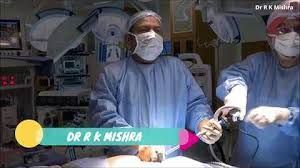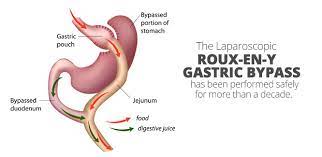Laparoscopic Whipple Procedure with Vascular Control: A High-Expertise Approach
Add to
Share
29 views
Report
2 days ago
Description
The Laparoscopic Whipple Procedure, also known as laparoscopic pancreaticoduodenectomy, represents one of the most advanced and demanding operations in minimally invasive surgery. At World Laparoscopy Hospital (WLH), the vascular-focused approach to this complex procedure has been refined to ensure maximum precision, safety, and oncological excellence. The Whipple procedure involves removal of the pancreatic head, duodenum, a portion of the bile duct, gallbladder, and sometimes parts of the stomach. In a laparoscopic setting, the surgery is performed through small keyhole incisions using high-definition 3D vision and specialized instruments, allowing surgeons to work with unmatched clarity around critical vascular structures such as the portal vein, superior mesenteric vein, and superior mesenteric artery. At WLH, the vascular approach is a cornerstone of their advanced technique. Surgeons begin by carefully dissecting the mesenteric vessels early in the operation, which helps accurately assess tumor resectability and ensures a safe margin before proceeding with organ removal. This early vascular control not only reduces intraoperative bleeding but also provides a clearer surgical roadmap for the remaining dissection and reconstruction steps. The hospital’s structured training program, led by Dr. R. K. Mishra, emphasizes anatomical mastery, energy-based technology usage, and standardized laparoscopic suturing skills. Surgeons are trained to handle even the most delicate phases of the procedure, such as vascular skeletonization, uncinate process dissection, and pancreaticojejunostomy reconstruction. With its comprehensive setup, world-class faculty, and commitment to innovation, World Laparoscopy Hospital stands as a global leader in teaching and performing minimally invasive Whipple procedures. The vascular approach taught here not only improves surgical outcomes but also reinforces the future of advanced gastrointestinal surgery.
Similar Videos






